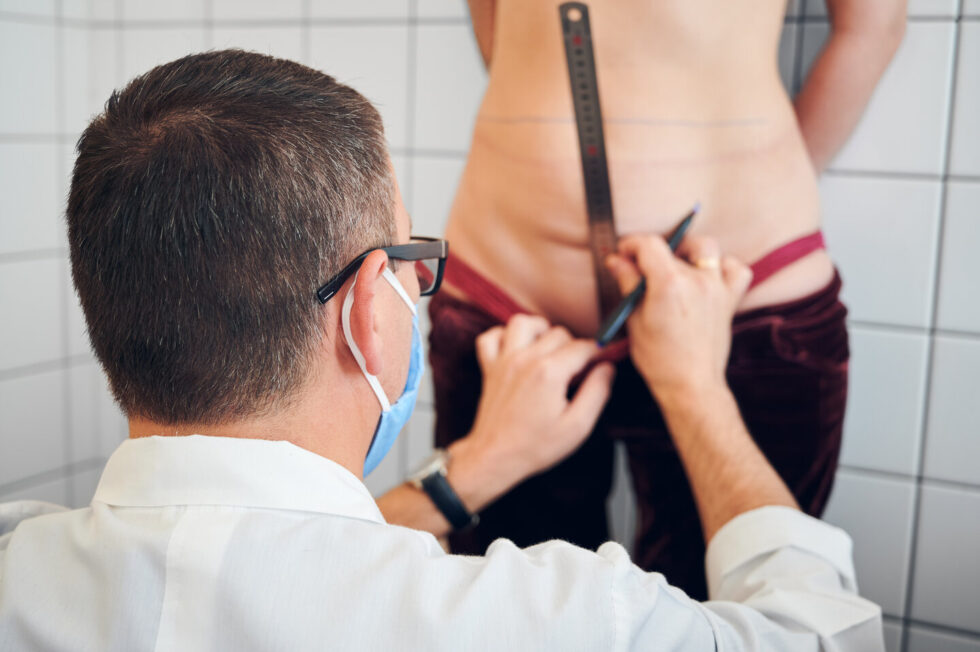Sculpting Confidence: Exploring the Benefits of Tummy Tuck Surgery
For individuals struggling with excess abdominal skin and stubborn fat deposits, achieving a toned and sculpted midsection can seem like an elusive goal. Despite diligent efforts through diet and exercise, factors such as pregnancy, weight fluctuations, and aging can lead to loose abdominal skin and weakened muscles, detracting from one's confidence and self-image. In such cases, a tummy tuck, or abdominoplasty, emerges as a transformative solution, offering the opportunity to achieve a firmer, flatter abdomen and renewed confidence. In this article, we delve into the benefits of tummy tuck surgery, its procedure, recovery process, and considerations for individuals considering this cosmetic enhancement.
Understanding Tummy Tuck Surgery:
A tummy tuck is a surgical procedure designed to remove excess skin and fat from the abdominal area while tightening the underlying muscles to create a smoother, firmer abdominal contour. This comprehensive approach targets common concerns such as sagging skin, stretch marks, and abdominal bulges, resulting in a more toned and sculpted midsection. Tummy tuck surgery is particularly beneficial for individuals who have experienced significant weight loss, pregnancy, or abdominal surgery and are seeking to restore a more youthful and proportionate abdominal profile.
Benefits of Tummy Tuck Surgery:
The benefits of tummy tuck surgery extend beyond cosmetic enhancement, encompassing both physical and emotional well-being. Some key advantages include:
Improved Abdominal Contour: Tummy tuck surgery eliminates excess skin and fat, resulting in a firmer, flatter abdomen and enhanced body proportions.
Muscle Tightening: By tightening the abdominal muscles, tummy tuck surgery addresses muscle laxity and restores core strength, improving posture and reducing back discomfort.
Enhanced Self-Confidence: Achieving a toned and sculpted midsection can boost self-esteem and body image, allowing individuals to feel more confident in their appearance.
Clothing Fit: With a smoother abdominal contour, individuals can enjoy better-fitting clothing and increased confidence in their wardrobe choices.
The Tummy Tuck
Procedure:
The tummy tuck procedure is tailored to each patient's unique needs and goals, with variations in technique depending on the extent of correction required. Generally, the procedure involves the following steps:
Anesthesia: Patients receive either general anesthesia or intravenous sedation to ensure comfort throughout the procedure.
Incision Placement: The surgeon makes strategic incisions, typically along the lower abdomen, concealed within the bikini line to minimize visible scarring.
Tissue Removal and Muscle Repair: Excess skin and fat are carefully removed, and the underlying abdominal muscles are tightened and repaired to create a firmer, more contoured appearance.
Skin Redraping:
The remaining skin is redraped over the newly sculpted contours, and excess
skin is trimmed as needed to achieve
optimal results.
Closure: The incisions are meticulously closed with sutures, resulting in minimal scarring that fades over time.
Recovery and
Aftercare:
Following tummy tuck
surgery, patients are provided with detailed instructions for postoperative
care to promote healing and ensure optimal results. Recovery typically
involves:
Rest and Recovery: Patients are advised to rest and avoid strenuous activities for the first few weeks following surgery to facilitate healing.
Pain Management: Pain medication may be prescribed to manage discomfort during the initial recovery period.
Compression Garments: Wearing a compression garment helps minimize swelling and support the abdomen during the healing process.
Follow-up Appointments: Patients attend follow-up appointments to monitor healing progress and address any concerns with their surgeon.
Gradual Return to Activities: Patients gradually resume normal activities as advised by their surgeon, avoiding heavy lifting and strenuous exercise until cleared to do so.
Considerations for
Tummy Tuck Surgery:
Before undergoing
tummy tuck surgery, individuals should consider the following factors:
Candidacy: Ideal candidates for tummy tuck surgery are in good overall health, have realistic expectations, and are bothered by excess abdominal skin and fat.
Timing: Women considering tummy tuck surgery should ideally wait until they have completed their family planning, as future pregnancies can affect surgical outcomes.
Surgical Risks: Like any surgical procedure, tummy tuck surgery carries risks such as bleeding, infection, changes in sensation, and scarring, which should be discussed with the surgeon beforehand.
Lifestyle Changes: Maintaining a healthy lifestyle, including regular exercise and a balanced diet, is essential for preserving the results of tummy tuck surgery in the long term.
Conclusion:



Comments
Post a Comment